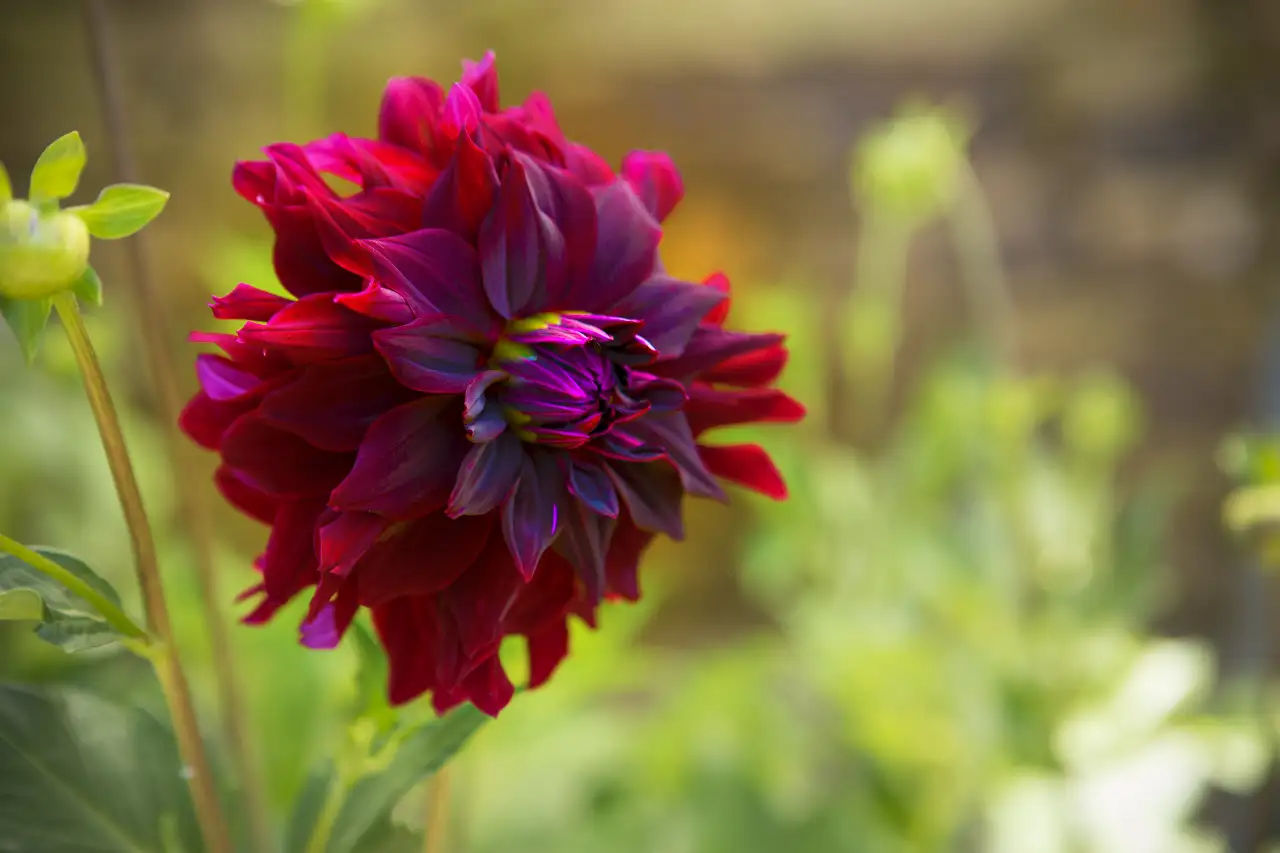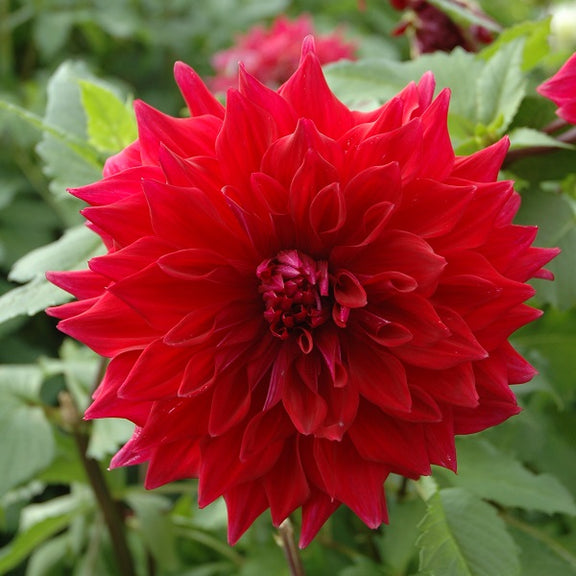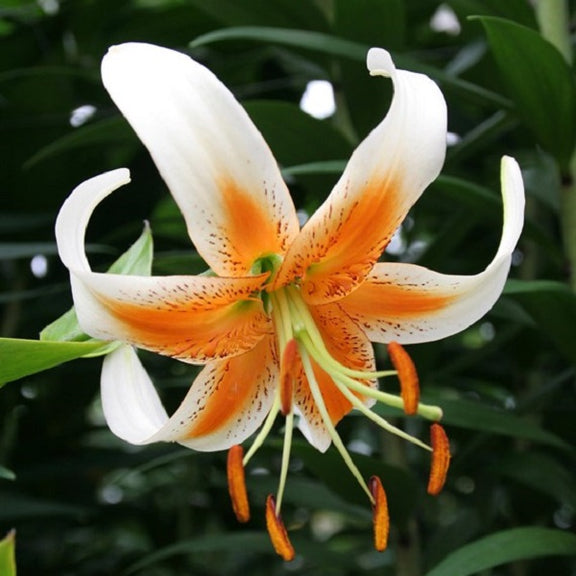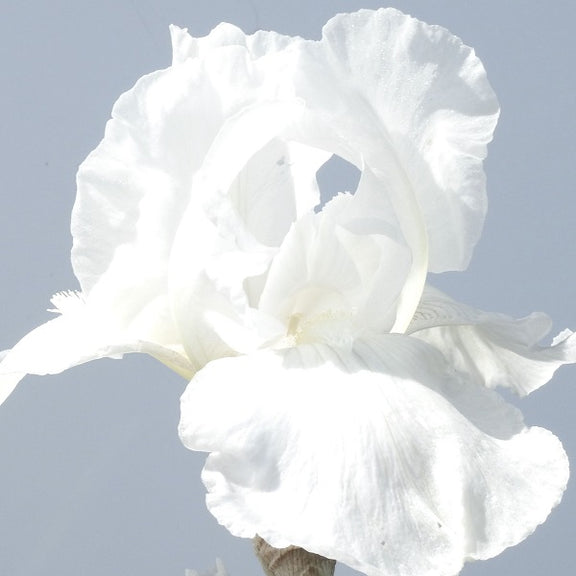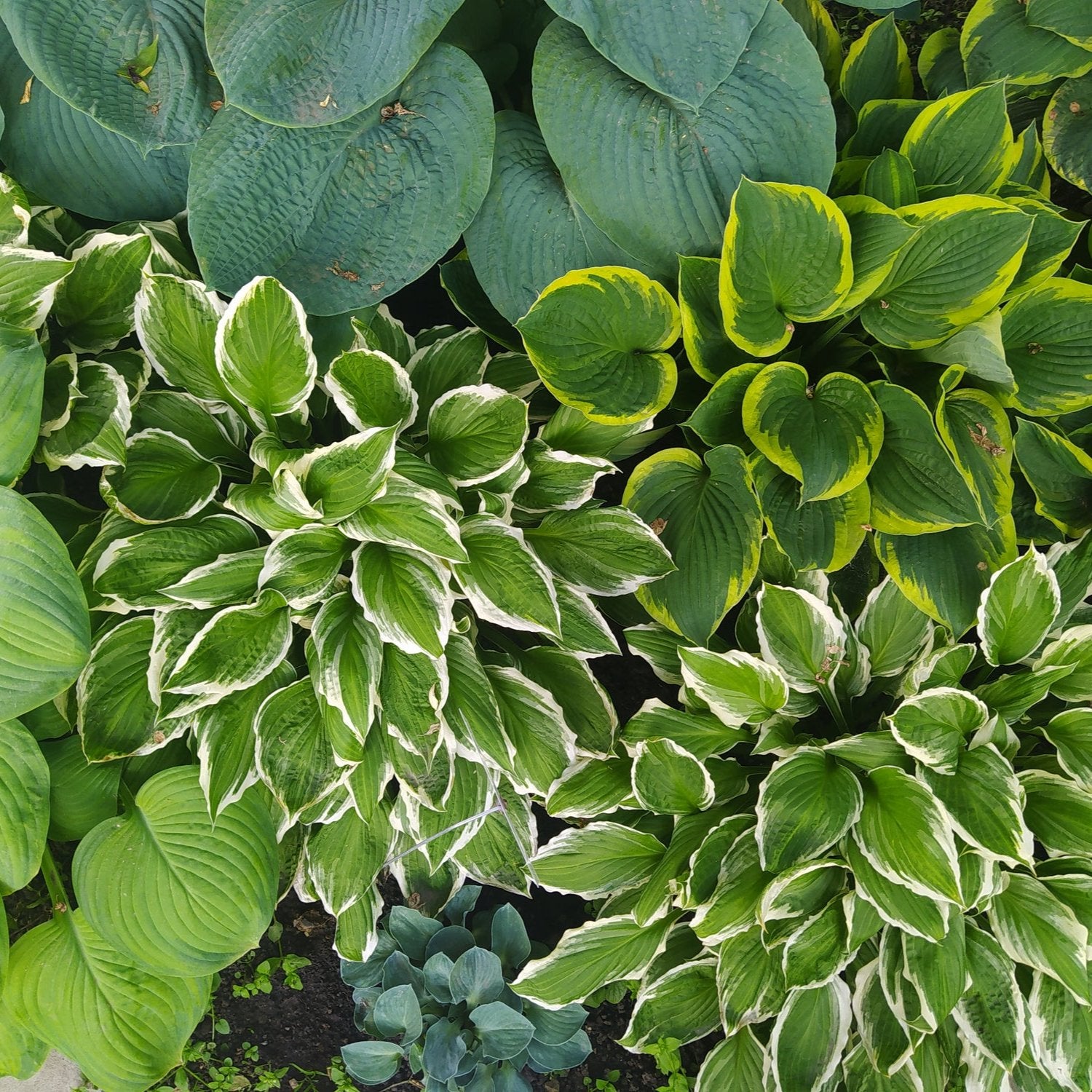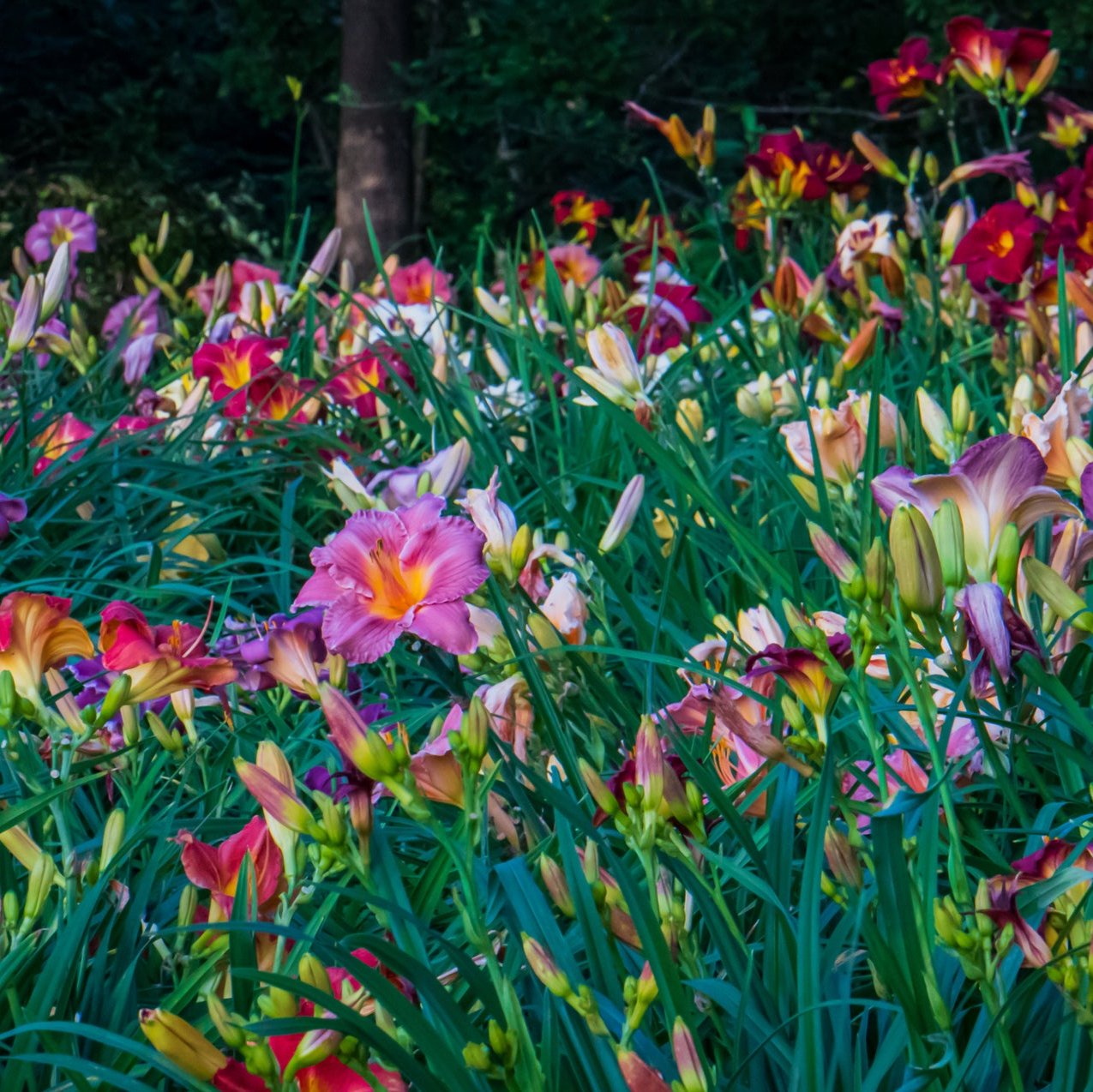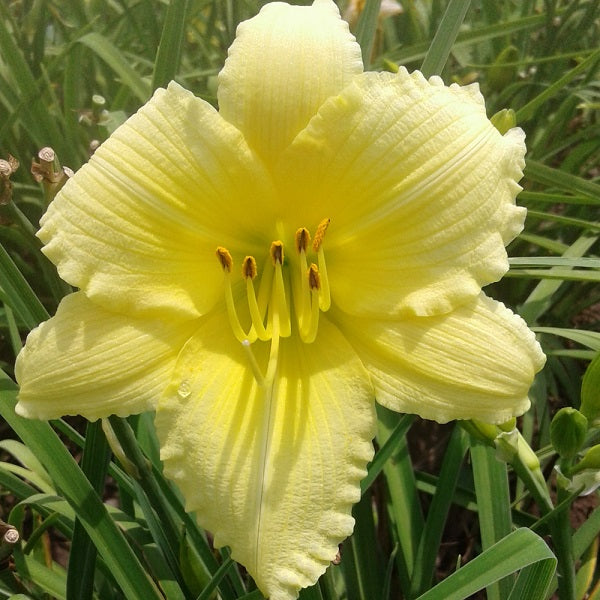Planting Bulbs
When a gardener mentions planting bulbs, the first flowers that often come to mind may be daffodils and tulips. We plant these types in our gardens in fall for glorious displays in the spring. But if you are willing to expand your definition of a bulb, you will find a whole new season of beautiful blooms and foliage in what I refer to as summer bulbs. Now technically these plants include true bulbs, along with tuberous roots, corms, and tubers or rhizomes, but it is just simpler to use the blanket term – bulbs.
The plants that grow from summer bulbs will add a tropical touch to your garden. Of course, they have lovely blooms but look at the foliage too. Many varieties have thick fleshy leaves and exotic flowers, which makes sense because most originate from subtropical regions such as South America and South Africa. Do you have a blank spot that needs filling or a border that needs a little pizazz? Tropical summer bulbs are a quick fix. The patterns, textures, and sizes create interest without much maintenance. I like to mix them in with my more traditional annuals and perennials to add a little flair to my flower borders and containers. I’m particularly fond of using summer bulbs in container garden designs. They add an extra oomph to my combinations of seasonal colors.
Easy Plants Grown
When it comes to growing, they are practically foolproof and most will bloom in the first season. Below are some really easy plants grown from bulbs that I use in my gardens.
Canna – Bold foliage and colorful blooms make these plants a favorite to add a tall and spiky element to the garden. Cannas come a in a wide variety of enticing leaf and bloom colors. Growing heights range from 10-foot giants to those as small as 1 foot. Full sun to partial shade. Good for soggy soils. Zones 7 – 10.
Dahlia
Dahlia – Depending on the variety you select, these Mexican native plants can range in height from dwarfs, only 15 inches tall, to the giants that can reach 6 feet or more.
Asiatic Lily
Asiatic lilies have dependable color and have the most reliability in even the most severe climates. Found in the widest ranges of colors, hybridizers have developed blossoms in all shades and combinations, except the elusive color blue. They multiple well and while most are unscented, some have a slight fragrance. Hardy in zones 3-10.
Asiatics like well-drained soils in full sun. Although full sun until mid-afternoon is optimal, lilies will perform quite acceptably with filtered sunlight or partial shade. Lilies in shade will tend to reach for the sun and may require staking for support. Avoid planting near walks or walls that reflect the hot afternoon sun.
Crocosmia
Crocosmia – Wands of blooms appear at the end of summer providing rich color to the flower border. Try ‘Norwich Canary’ for large, bright yellow blooms or the brilliant red ‘Lucifer’. Butterflies and hummingbirds also love this flower. Plant in full sun. Zones 6 – 10, except ‘Lucifer’, which is hardy to zone 5.
Iris
Iris – When you plant tall bearded iris choose a sunny location. For those living in hot climates a little afternoon shade is beneficial. They like a slightly acidic, well-draining soil. Tall bearded iris grow from a rhizome; it looks similar to a ginger root. To plant, dig a hole and mound soil in the middle. Set the rhizome on the mound with the roots fanned out. Cover the roots and leave the top of the rhizome slightly exposed. Water well. If the rhizomes that you are planting still have their fan shaped leaves fully intact cut back to about half the size before planting.
Corms and tubers
Summer bulbs should be planted in late spring or early summer when soil temperatures have warmed to about 55°F. Corms and tubers planted in spring will grow by leaps and bounds during the summer bringing color, pattern, and texture to the garden. In general, they should be planted close to the soil’s surface, about 1 to 2 inches deep. Choose a location that has well-drained soil, unless they are suited to boggy conditions. One of the nice characteristics of these plants is that many types, such as elephant ears and caladiums, will perform well in partial to full shade.

True to their sub-tropical heritage, these bulbs thrive in heat and humidity, but you can also grow them in northern gardens. The trick is to lift and store them in the fall before the first frost. How you store the bulbs depends on what type of plant it is. Most are lifted from the ground and stored in peat or vermiculite in a cool, dry area.
To find unique varieties of summer bulbs my go-to source is Gilbert H. Wild and Son. They offer a wide variety of summer bulbs that are guaranteed to be the perfect addition to any garden.


